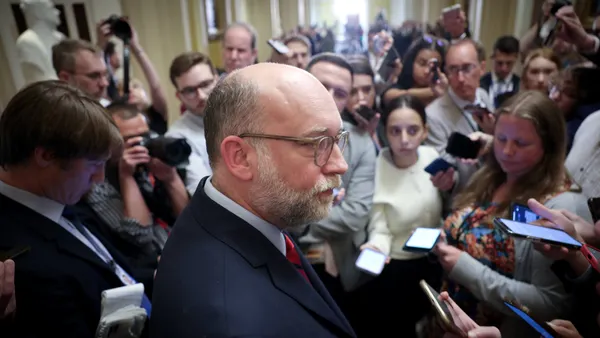Dive Brief:
- Men and women might be equals regarding 401(k) plan participation at 79%, but new research adds to the growing evidence that equality evaporates when it comes to overall retirement readiness - not a good thing for the nation's employers on several levels.
- The data, from Aon Hewttt research that explores financial wellbeing in the workplace, reveals 83% of U.S. women aren't saving enough to meet their needs in retirement, compared to 74% of men.
- Aon Hewitt projects women will need 11.5x their final pay to meet retirement needs, compared to just 10.6x pay for men. However, there is a gap of 3.3x pay between what women need and what they're actually on track to have saved in order to retire at age 65. For men, the difference between needs and resources is just 2x pay. This shortfall means women, on average, will need to work until age 69 – one year longer than men – in order to meet 100% of retirement needs.
Dive Insight:
Virginia Maguire, director of retirement products and solutions at Aon Hewitt, says women face significant stumbling blocks when it comes to saving enough for retirement, including longer lifespans, lower salaries and more chance of needing hardship withdrawals from 401(k) plans.
Aon Hewitt suggests employers can take steps to help women close the retirement savings gap, including offering tools to improve overall financial wellbeing, providing professional investment help and adding plan features to increase savings rates.
There is a good case for retirement planning being a key part of overall employee wellbeing, and not just focusing on health. For example, health and wealth are connected because healthcare costs affect employee short- and long-term finances, and financial well-being in turn affects physical health and engagement at work. So, as a critical group of employees, women should be brought up to the same level as their male counterparts when it come to retirement planning.









